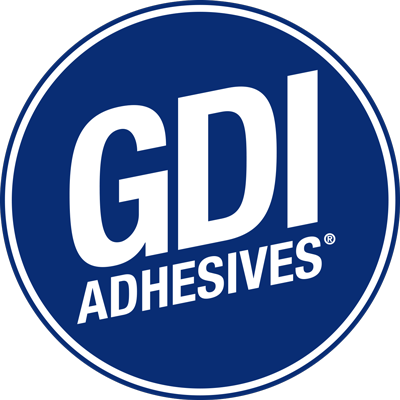In the dynamic landscape of adhesive manufacturing, companies thrive by embracing innovation that meticulously assesses technological advancements that align with their goals. Exploring the potential of UV hotmelt technology is one such avenue worth considering for its capacity to potentially enhance manufacturing processes, offering advantages such as improved precision, faster production cycles, and eco-friendly solutions. By conducting thorough assessments and understanding how UV hotmelt technology integrates appropriately with operations, companies can make more informed choices that align with the manufacturing pursuit of efficiency, quality, and sustainability, thereby maintaining a competitive edge in the market.
Advantages:
1. Rapid Curing:
Advantage: UV hotmelts cure almost instantly upon exposure to ultraviolet light, significantly reducing production time compared to conventional adhesives.
Benefit: Increased efficiency in manufacturing processes, leading to faster production and reduced downtime.
2. Precision:
Advantage: UV technology allows for precise control over the curing process, ensuring accurate application and bonding in intricate designs or small areas.
Benefit: Ideal for applications requiring fine detailing and where precision is critical.
3. Improved Bond Strength:
Advantage: UV hotmelts create strong, durable bonds with excellent adhesion properties on various substrates, including plastics, glass, and metals.
Benefit: Enhanced performance and reliability in applications requiring high structural bond strength.
4. Environmentally Friendly:
Advantage: UV hotmelts typically contain fewer volatile organic compounds (VOCs) compared to solvent-based adhesives, contributing to a more environmentally friendly manufacturing process.
Benefit: Reduced environmental impact and improved workplace safety.
5. Versatility:
Advantage: UV hotmelts can be tailored for specific applications and industries, including automotive, electronics, and medical devices.
Benefit: Versatility allows for widespread usage across various sectors, catering to diverse adhesive needs.
Disadvantages:
1. Equipment Costs:
Disadvantage: UV curing equipment can be expensive to acquire, maintain, and educate internal personnel, especially when purchasing high-powered UV lamps and extended application systems.
Challenge: Initial investment and ongoing maintenance costs pose a high barrier for startup justification.
2. UV Light Penetration:
Disadvantage: UV light might have limitations in penetrating certain materials or substrates, leading to incomplete curing in shadowed or enclosed areas.
Challenge: Requires careful consideration of design and application to ensure uniform curing.
3. Sensitivity to Environmental Factors:
Disadvantage: UV hotmelts can be sensitive to environmental factors such as temperature and humidity, affecting their performance and curing process.
Challenge: Requires controlled production environments to ensure optimal performance.
4. Limited Heat Resistance:
Disadvantage: Some UV hotmelt formulations may have lower heat resistance compared to traditional hotmelts, limiting their suitability for high-temperature applications.
Challenge: Not suitable for applications requiring extreme heat resistance.
5. Internal Learning Curve:
Disadvantage: Implementing UV hotmelts might require training for operators and adjustments to existing processes, potentially causing a steep operational learning curve.
Challenge: Initial adaptation and training could impact production efficiency if not properly trained.
Conclusion:
While UV hotmelts and complimentary equipment offer an array of advantages, including rapid curing, precision, strong bonding, environmental friendliness, and versatility, there are also challenges related to adhesives & equipment costs, light penetration, environmental related sensitivity, heat resistance, and implementation of internal education with maintenance understanding to become operationally aware of.
Manufacturing operations contemplating the integration of UV hotmelts should carefully assess the pros and cons, taking into account their distinct industry demands, production prerequisites, and financial constraints. Effective due diligence in manufacturing operations is critical to making informed investments in adhesive technologies and associated equipment. By carefully assessing these decisions, companies avoid getting locked into costly choices driven by sunk costs. This approach fosters flexibility and opens avenues for continuous innovation, steering clear of over-commitment to a specific technology. Embracing adaptability allows for troubleshooting in current applications while keeping the door open to being flexible for future innovation, ensuring customers benefit from tailored solutions rather than being limited to standardized market industry options.
